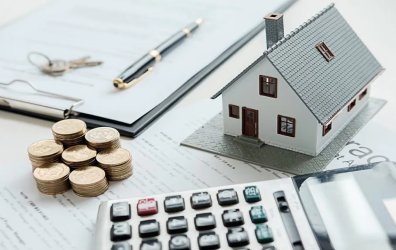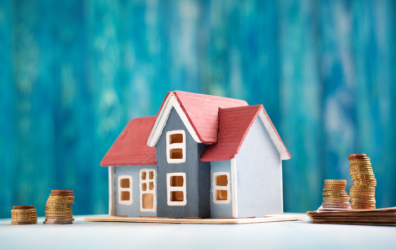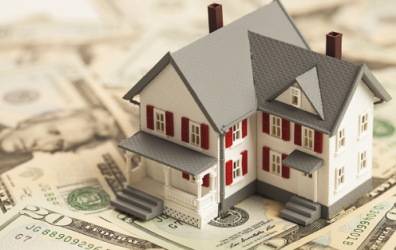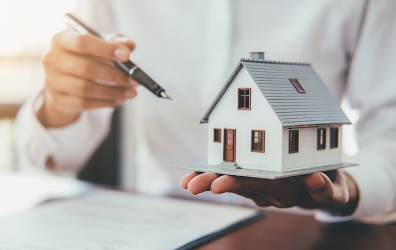With their efficient construction process and potential for customization, prefabricated homes offer numerous advantages over traditional, site-built houses. Searching the options below, you can find the prefabricated home that is eligible for you
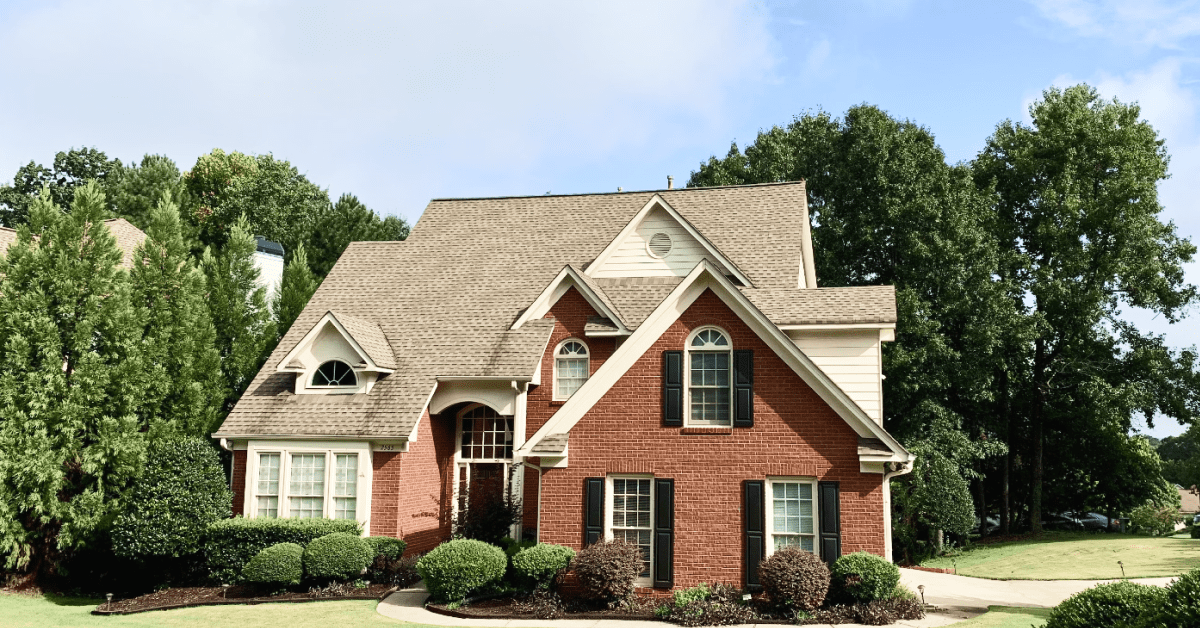
1. What are Prefabricated Homes?
Prefabricated homes, also known as modular or factory-built homes, are structures that are constructed off-site in a controlled factory environment. The components of these homes, such as walls, ceilings, and floors, are manufactured and assembled in a factory setting according to precise architectural plans. Once completed, these components are transported to the building site, where they are then assembled and connected to create the final home.
2. Benefits of Prefabricated Homes:
2.1 Speed and Efficiency:
One of the most significant advantages of prefabricated homes is their rapid construction time. Since the components of these homes are manufactured simultaneously with on-site preparation, the overall construction time is significantly reduced. This allows homeowners to move into their new homes much faster compared to traditional construction methods.
2.2 Cost-Effective:
Prefabricated homes can also be more cost-effective than traditional homes. The controlled factory environment allows for efficient use of materials, reducing waste and minimizing costs. Additionally, the streamlined construction process can help save on labor costs, resulting in overall savings for homeowners.
2.3 Quality Control:
The factory-built construction of prefabricated homes ensures a higher level of quality control compared to traditional construction methods. The controlled environment minimizes the risk of weather-related damage during construction and allows for strict adherence to building codes and standards. This results in homes that are structurally sound and of higher quality.
2.4 Customization:
Contrary to the misconception that all prefabricated homes look the same, these homes offer a wide range of customization options. Homeowners have the flexibility to choose from a variety of designs, finishes, and fixtures to suit their personal preferences. Prefabricated homes can be customized to reflect various architectural styles and accommodate specific spatial requirements.
3. Sustainability:
Prefabricated homes can be designed with sustainability in mind. The controlled manufacturing environment enables efficient use of energy and materials, decreasing waste and carbon emissions. Additionally, modular construction allows for easy integration of eco-friendly features such as solar panels, rainwater harvesting systems, and energy-efficient appliances.
4. Future Potential:
The prefabricated housing industry is experiencing rapid growth, with advancements in technology and design pushing the boundaries of what is possible. As more architects, developers, and homeowners recognize the benefits of prefabricated homes, innovation in off-site construction is likely to increase. Furthermore, the inherent sustainability and flexibility of prefabricated homes align with the growing demand for environmentally responsible and adaptable housing solutions.
Conclusion:
Prefabricated homes have emerged as a viable and cost-effective alternative to traditional construction methods. Offering advantages in terms of speed, cost, quality, customization, and sustainability, these homes are gaining popularity among homeowners and industry professionals alike. With ongoing advancements and increasing demand, the future of prefabricated homes looks promising as they continue to revolutionize the way we build and live in our homes.







